Why the ‘Blue-Eyed, Brown-Eyed’ Experiment is even more relevant 50 years on……
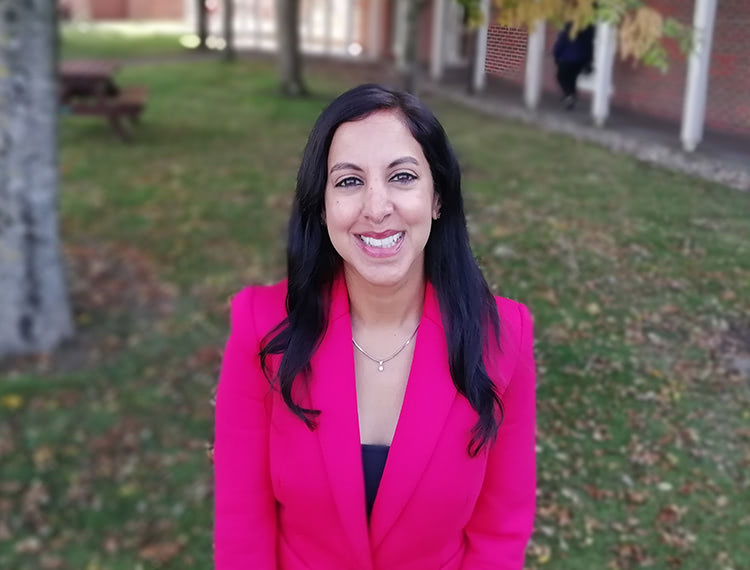
We needed to tackle inequality in a way that is intrinsic to the way we operate. We finally worked out how….
Having spent the majority of my career as a psychology teacher, I have always drawn on Jane Elliott’s famous ‘blue eyes, brown eyes’ experiment to impress upon my students how devastating discrimination can be.
For the uninitiated, she made up reasons why brown-eyed children in her classroom were smarter and more civilised than those with blue eyes, to emphasise the impact of racism in the US during the late 1960s.
Having applied the same methodology through my teaching over the past decade, I’ve seen the profound impact on my students. They are always astonished that Elliott was able to create profound prejudice for no apparent reason.
Her division of children in her classroom on the basis of blue eyes or brown eyes led to intense conflict, resentment and distress amongst her students.
Fifty years on we are repeating the ‘blue-eyed, brown-eyed’ exercise on a daily basis. But it is real life. It exists in our colleges.
“The only race is the human race. It makes me really angry that I’ve been saying these things for 50 years.” – Jane Elliott, schoolteacher turned anti-racism educator
On reflection, I realised that I had not really made a significant contribution to tackling inequality. I may have taught my students to understand what discrimination might feel like, however, my impact lacked breadth and depth. Whilst, striving in our own way to embed equality through our teaching, the traditional ways to embed ‘equality and diversity’ in the classroom have not scratched the surface of the deep-rooted inequality that still prevails in the daily lives of our students. We have for many years sought to develop resources that promote multiculturalism, enabled equal access to learning opportunities amongst our students and even adapted our teaching, learning and assessment methods to meet individual needs. This is no longer enough. We must now reflect and consider college-wide actions that have a deeper and more sustainable impact in addressing the lived inequalities experienced by many students, staff and communities.
At HSDC (previously Havant & South Downs College), we recognised that we needed to embed the actions required to tackle inequality within our processes in a way that are intrinsic to the way we operate.
We finally worked out how….
On Tuesday 13th October, at our Equality, Diversity and Inclusion Training Day, all staff from across all three campuses of HSDC demonstrated fantastic levels of engagement through debate, discussion and reflection. Staff were keen to learn about unconscious bias. Staff heard from their managers, delivering the training remotely, that this bias happens without us even knowing it. The majority of our decisions are made by our unconscious minds.
Staff were able to discuss their own values and beliefs in an honest way and reflected on times when they may have made snap judgements about others which led to unintentional consequences. At HSDC we know that the heightened awareness of unconscious bias will lead to a much more inclusive culture that celebrates the richness and diversity that each individual brings.
We continued the day by examining microaggressions; the unintended comments or behaviours that don’t allow us to see that our actions and attitudes may be discriminatory.
Our students from Black, Asian and Minority Ethnic (BAME) backgrounds highlighted examples of microaggressions that they experience from society almost every day: Being asked “Where do you come from?”, “No, where are you really from?”, avoidance from others on the street or on public transport and being told “You did really well to get those GCSE grades”.
To understand the extent of these microaggressions, a very brave and eloquent 18-year-old student provided an insight into the discrimination that she experienced in her working life.
She shared examples from her part-time career in the electronics industry, where “customers refuse to be served by me because of my ethnicity and gender”, and her only way to deal with such frequently encountered discrimination is to “condition myself to deal with behaviour that’s unfair”. Staff were particularly saddened to hear her describe examples of racism in the local area.
She explained: “As I am lighter skinned, I do not experience racism or discrimination to the extent that darker skin toned people do, they experience racism to a greater extent than me, my experience is diluted”.
This open and honest interview provided our staff with an insight into how BAME students at our college may feel. They were astonished that one of our own students highlighted that prejudice exists to greater degrees for those with higher levels of melanin in their skin.
This felt as nonsensical as the prejudice displayed by the children in Jane Elliot’s experiment. Following the session, a colleague stated, “I am shocked that systematic racism is a lot more prevalent than I realised in our area”. Another stated: “I was very surprised to hear what this student experienced and how she felt, I did not expect this”.
The day continued with the emotive life story delivered by a former College Principal talking about a childhood facing extreme racism, but feeling protected and inspired by the empathy, hope and aspiration that education afforded him.
He went on to advocate that the responsibility of all leaders in FE is to provide learning environments founded on fairness, equality, access to a relevant curriculum, representation and most important of all support & advocacy – all channelled towards fulfilling every individual’s potential.
This whole Training Day harnessed an unprecedented unification amongst HSDC staff, resulting in a shared resolve focused on positive change. Staff found the training powerful and motivational; they were left feeling compelled to act.
The post-event evaluation was full of emotive feedback, “powerful messages today made me reflect on where we are now, I really want to continue the mission to challenge racism”. It was clear from the responses from our staff that action to tackle inequality at HSDC had to be significant. “Today made me feel angry. I want real change to happen. I am overwhelmed at how much needs to be done – it doesn’t seem to have changed at all and that upsets me”.
In the afternoon, all HSDC staff took time to embed equality, diversity and inclusion actions into their annual improvement plans. We are confident that this ongoing cycle of planning, implementing, monitoring and improving year on year will bring us much closer towards achieving equality and narrowing gaps between different groups at HSDC.
To facilitate our understanding of actions required to address racism, we were guided by the Black FE Leadership Group’s ‘10 Point Plan’. The 10 Points, presented through four themes: curriculum, climate, culture and communications, resonate with HSDC’s commitment to engender meaningful and sustainable change throughout the learner journey.
Furthermore, feeling overwhelmed to immediately contribute to the mission to ensure race equality throughout the work of our College, sixty staff signed BFELG’s Open Letter during the Training Day.
As a senior leader at HSDC, I feel incredibly proud of the wide-ranging equality, diversity and inclusion actions arising from our whole organisation event. This has resulted in actions required at the start of the learner journey, for example, targeted student and staff recruitment to better reflect local demographics, to the end of the journey, for example maximising the opportunities for individuals from minority groups to access the University places they deserve.
The many actions in between the start and the end of the journey include explicitly embedding colonial history into relevant specifications, reporting on participation, performance and progression gaps in relation to all minority groups, and a celebration of the contributions made to society by minority groups. In relation to this last action, to end our training day the Art department presented an array of beautiful portraits of inspirational black role models created by our students.
HSDC is leading the way with equality, diversity and inclusion with all staff action from all staff training. We are on a mission to ensure equality for all of our students and staff – join us!
“To bring about change you must not be afraid to take the first step. We will fail when we fail to try” – Rosa Parks, mother of the civil rights movement
Suki Dhesi, Vice Principal & Head of Havant Campus, HSDC (previously Havant & South Downs College).




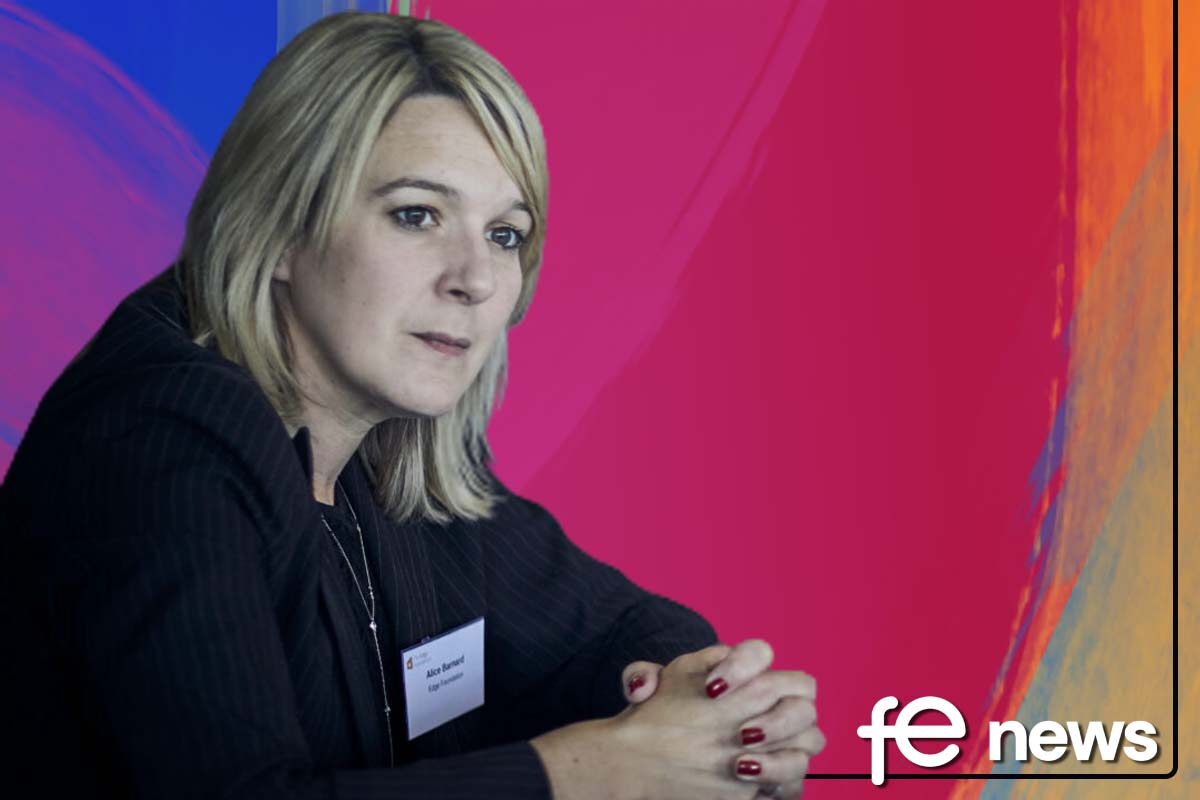
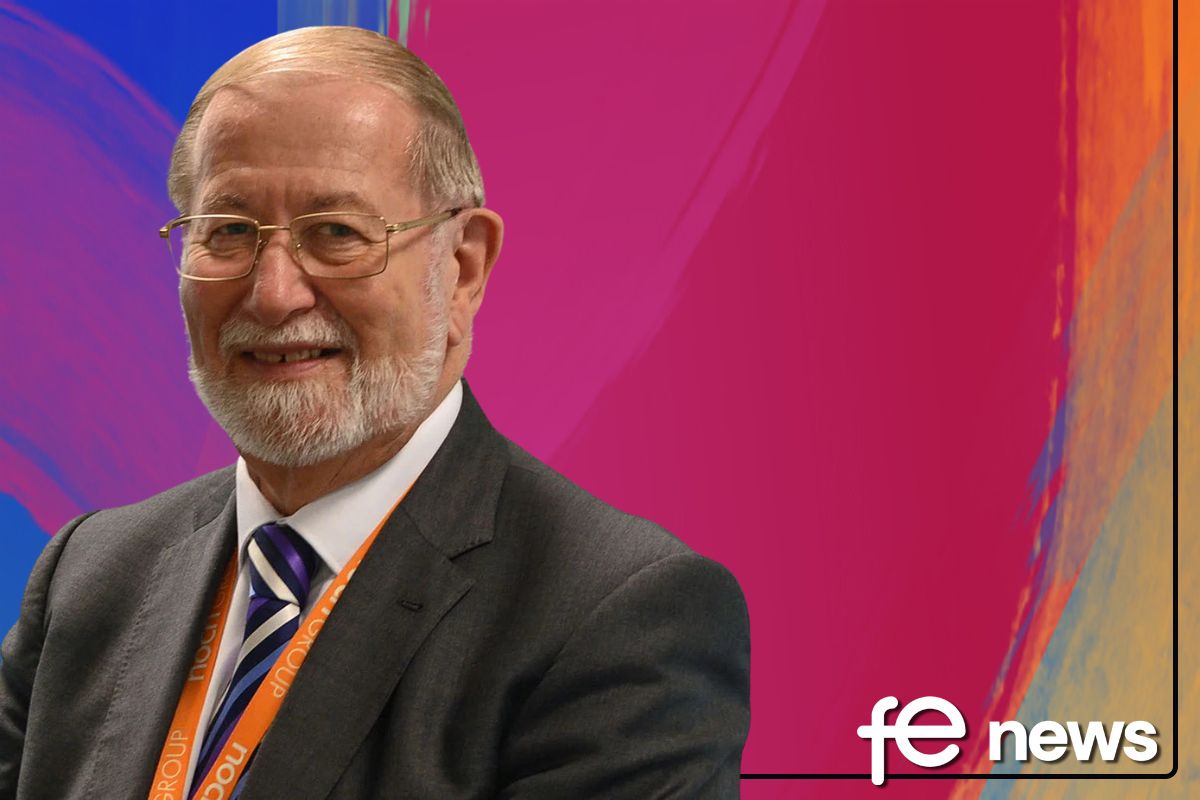
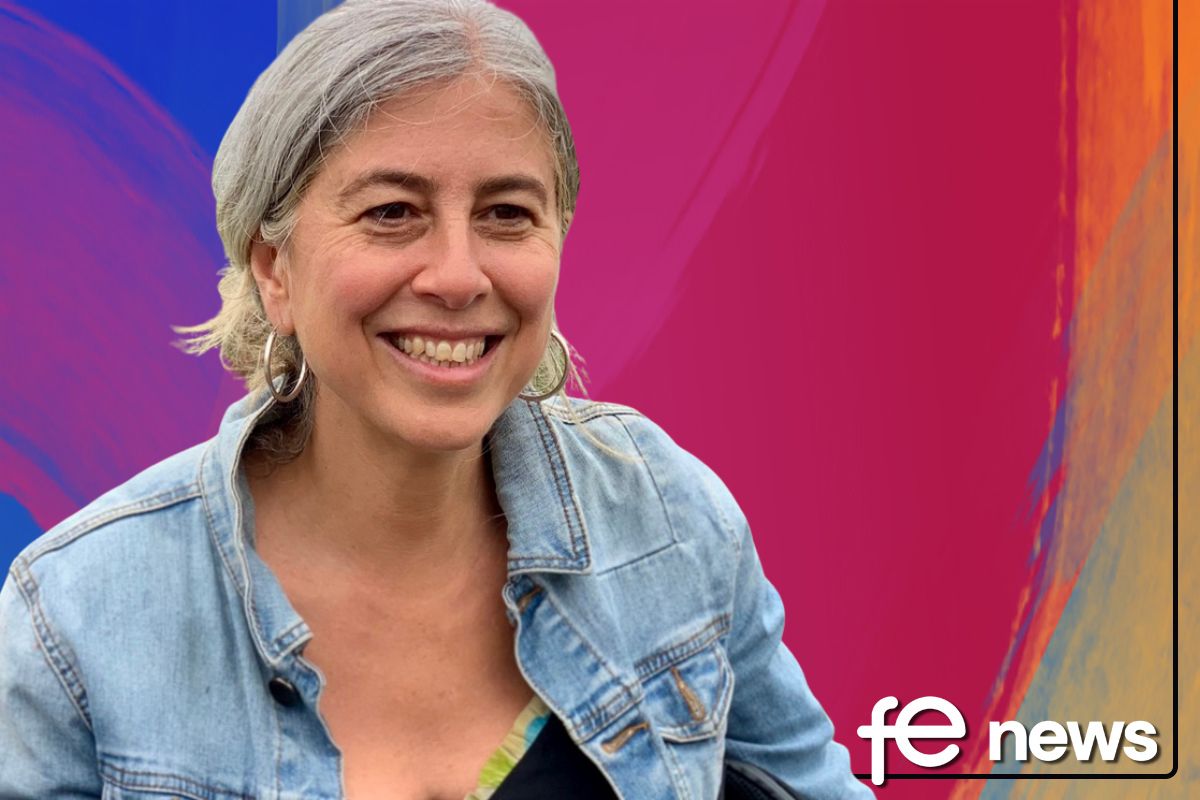
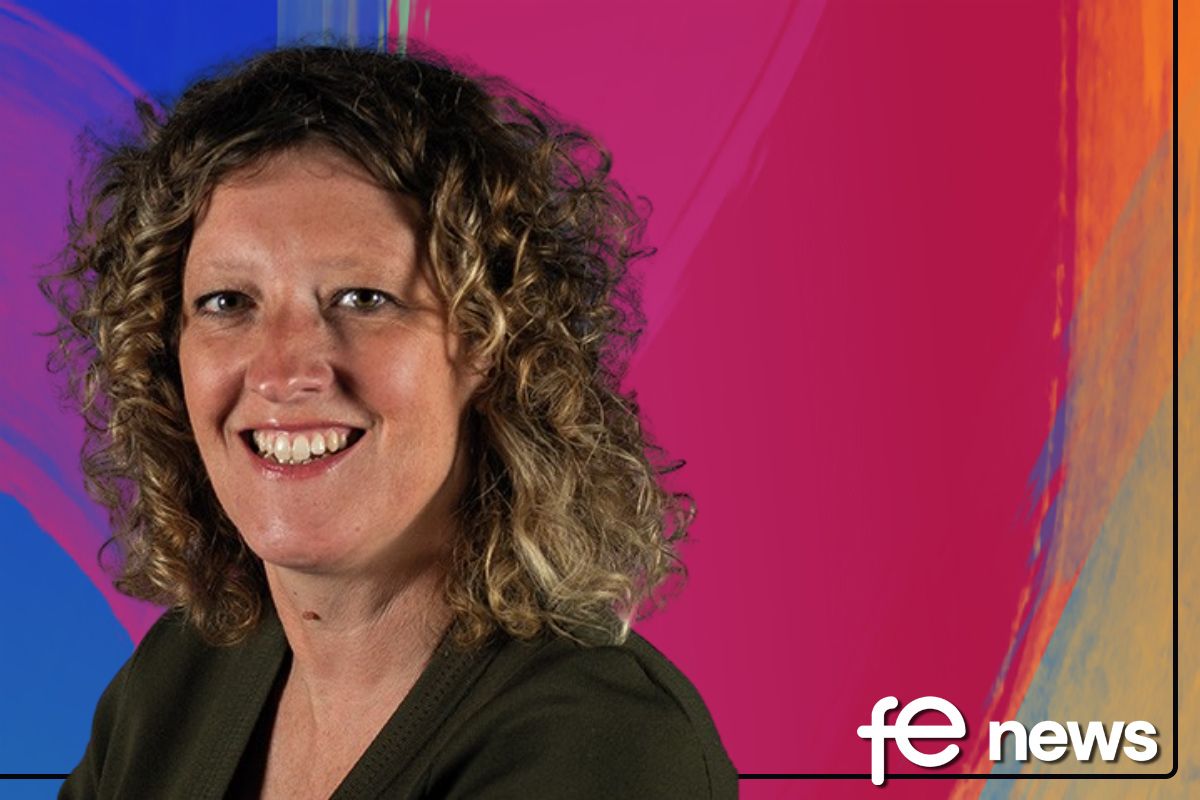


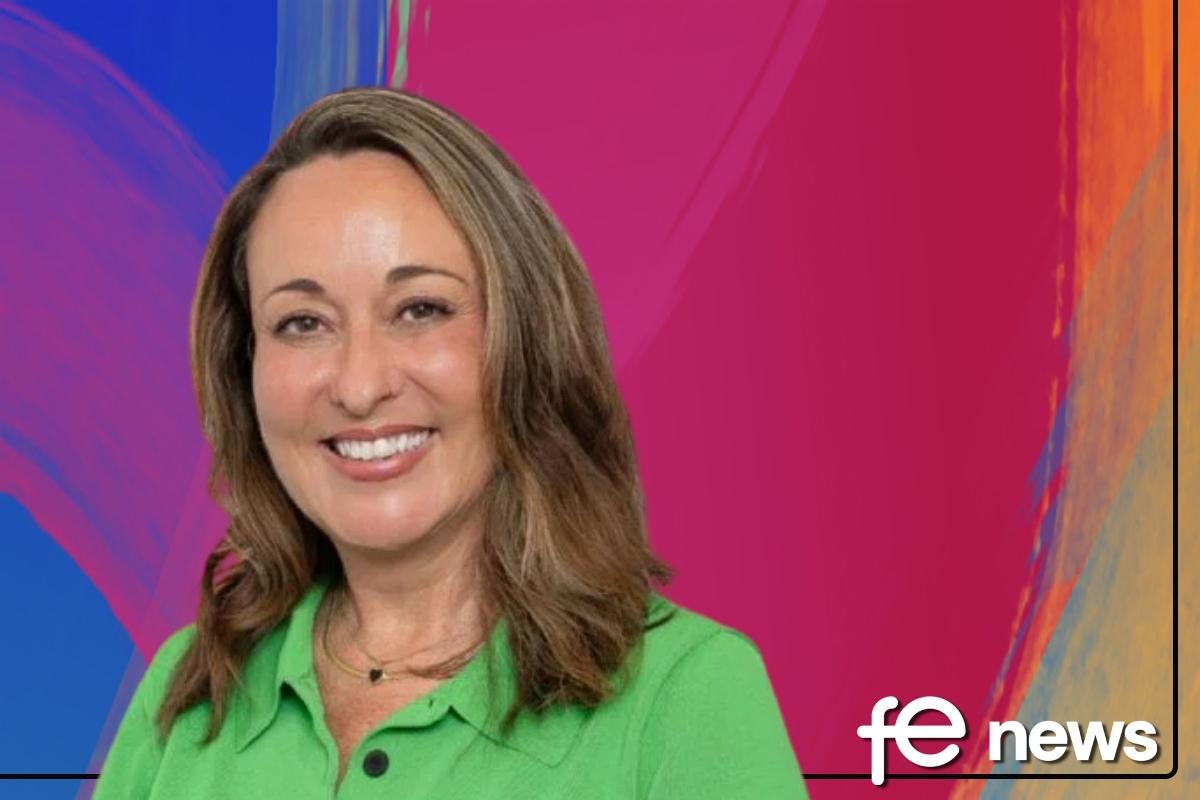
Responses